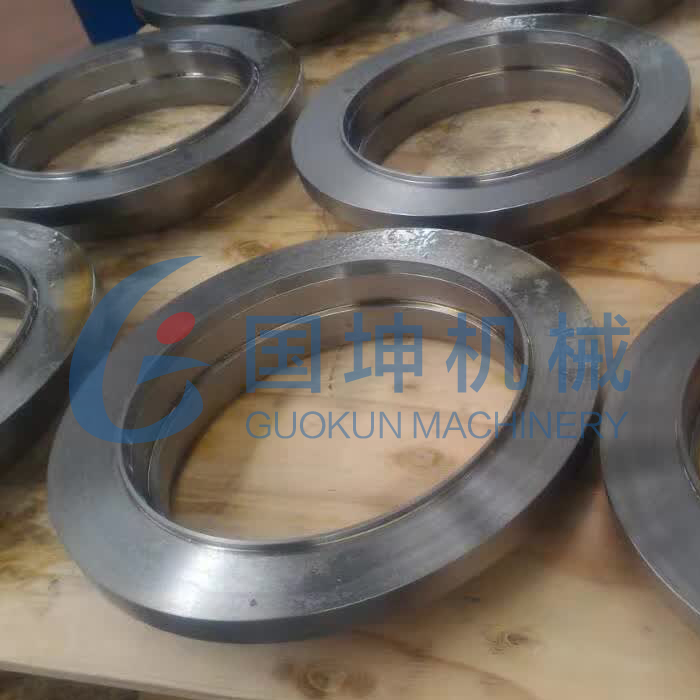Cold Forging
Cold forging deforms metal while it is below its recrystallization point. Cold forging is generally preferred when the metal is already a soft metal, like aluminum. This process is usually less expensive than hot forging and the end product requires little, if any, finishing work. Sometimes, when aluminum is cold forged into a desired shape, it is heat treated to strengthen the piece. This is called “tempering.”
Despite the word “cold,” cold forging actually occurs at or near room temperature. The most common metals in cold forging applications are usually standard or carbon alloy steels. One of the most common types of cold forging is a process called impression-die forging, where the metal is placed into a die that is attached to an anvil. The metal is then hit by a descending hammer and forced into the die. Depending on the product, the hammer may actually be dropped on the metal numerous times in a very rapid sequence.

Cold Forging Considerations
Manufacturers may choose cold forging over hot forging for a number of reasons—since cold forged parts require very little or no finishing work, that step of the fabrication process is often dispensable, which saves money. Cold forging is also less susceptible to contamination problems, and the final component features a better overall surface finish. Other benefits of cold forging include:
- Easier to impart directional properties
- Improved interchangeability
- Improved reproducibility
- Increased dimensional control
- Handles high stress and high die loads
- Produces net shape or near-net shape parts
Some possible disadvantages include:
- Easier to impart directional properties
- Improved interchangeability
- Improved reproducibility
- Increased dimensional control
- Handles high stress and high die loads
- Produces net shape or near-net shape parts
- The metal surfaces must be clean and free of scale before forging occurs
- The metal is less ductile
- Residual stress may occur
- Heavier and more powerful equipment is needed
- Stronger tooling is required
This atricle from Thomasnet.com